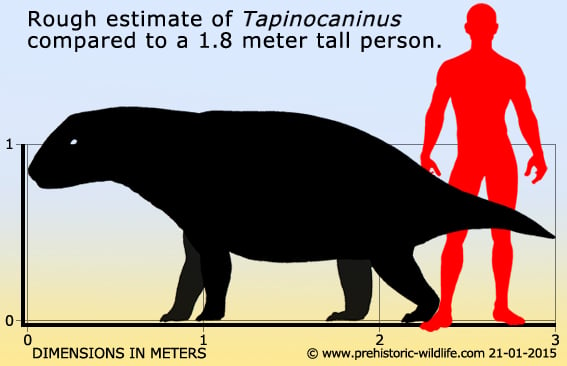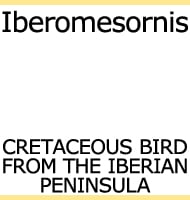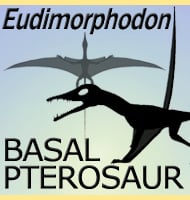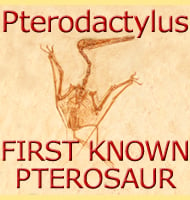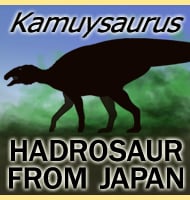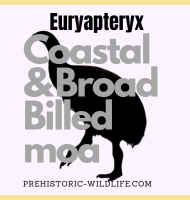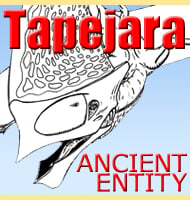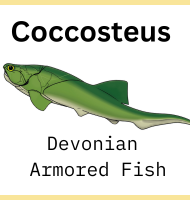In Depth
Though at the time of writing only known from skulls and jaw bones, it is clear that Tapinocaninus would have been a large dinocephalian therapsid given that the skull alone is some fifty centimetres long. Tapinocaninus is noted for having enlarged teeth that in the front portion of the mouth were angled to project slightly forwards. Though this might look scary, if the other similar dinocephalians are anything to go by, Tapinocaninus was most likely an herbivore, and used the teeth to uproot tough plants.
Further Reading
A new Primitive Dinocephalian Mammal-Like Reptile from the Permian of Southern Africa. - Palaeontology vol 34, 3. - B. S. Rubidge - 1991.
